Tadasana (Mountain Pose): Benefits And Steps To Do It
Practice it any time of the day and enjoy the many great benefits of this standing yoga posture.
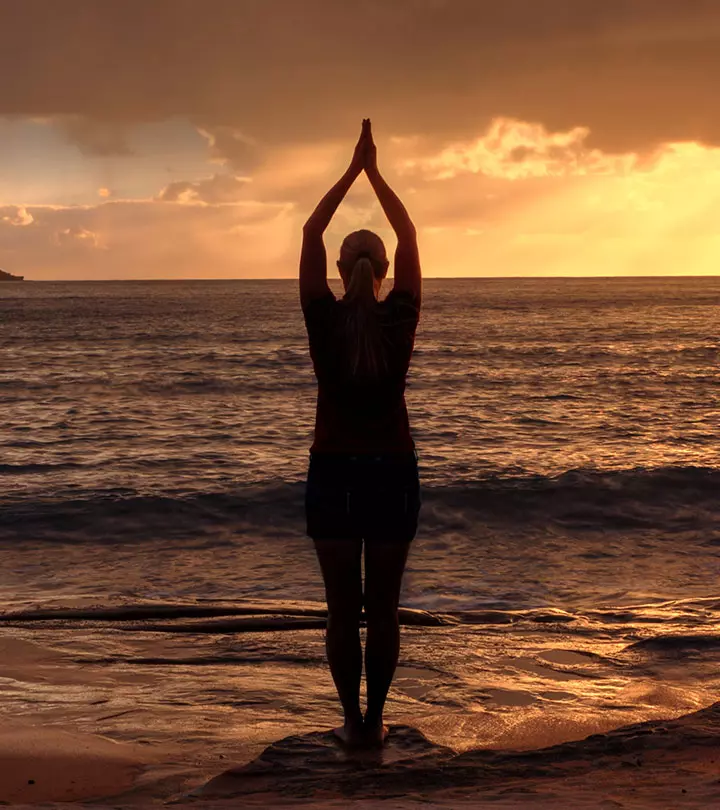
Image: Shutterstock
Sanskrit: ताडासन; Tada – Mountain, Asana – Posture; Pronounced: As- tah-DAHS-anna
The Tadasana yoga pose, also known as Samasthiti or mountain pose, acts as the foundation for all other standing yoga postures. It strengthens your ankles, thighs, knees, and back. You can perform this pose at any time of the day, even when your stomach is not empty. Eager to get started? Well, this article discusses the details of Tadasana, how to practice it, its benefits, and precautions to take. Take a look!
In This Article
Everything You Need To Know About The Tadasana
- What You Should Know Before You Do The Tadasana
- How To Do The Tadasana
- Precautions And Contraindications
- Beginner’s Tip
- Advanced Pose Variation
- The Benefits Of Mountain Pose
- The Science Behind The Tadasana
- Preparatory Poses
- Follow-Up Poses
What You Should Know Before You Do The Tadasana
This asana can be practiced any time of the day.
It is not mandatory that this asana must be done on an empty stomach. But if you are preceding or following it up with other yoga asanas, it is best to have your meals at least four to six hours prior to the session. Also, make sure that your bowels are clean.
 Trivia
Trivia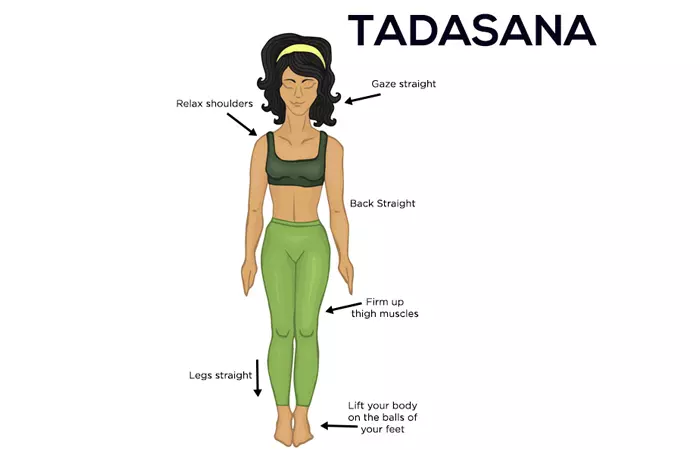
Level: Basic
Style: Hatha Yoga
Duration: 10 – 20 seconds
Repetition: 10 times
Invokes: The whole body
Strengthens: Knees, Thighs, Ankles, Back
How To Do The Tadasana (Mountain Pose)
- Stand erect and join the feet together, with the toes touching each other. The heels may be just slightly apart, and your hands must be firmly be placed alongside your body.
- You must make your thigh muscles firm. Lift your kneecaps while ensuring you do not harden the lower part of your belly.
- Strengthen the inner arches of your inner ankles as you lift them.
- Now, imagine a stream of white light (energy) passing through your ankles, up to your inner thighs, groin, spine, neck, all the way up to your head. Gently turn your upper thighs inward. Elongate the tailbone such that it is towards the floor. Lift the pubis such that it is closer to the navel.
- Look in line with the horizon.
- Breathe in and stretch your shoulders, arms, and chest upwards.
- Feel the stretch in your body right from your feet to your head. Hold the pose for a few seconds. Then, exhale and release.
Now, you know how to do Tadasana yoga, but it is also crucial to note some common tips that you must know during Tadasana yoga. Here we go!
Tips To Follow During Tadasana
- Avoid collapsing your chest or rounding your shoulders while doing tadasana.
- Ensure your feet are hip-width apart and not too close or too wide.
- Don’t lock your knees. Keep them slightly soft for stability. Locking your knees can put pressure on your joints, reduce circulation, and make you feel dizzy.
- Make sure your weight is evenly distributed across both feet.
- Take breaks as needed. It might be painful and reduce blood flow to hold Tadasana still for extended periods of time.
- Keep your chin parallel to the ground and avoid tilting your head forward or backward, as you may lose balance.
- Engage your core muscles gently to support your posture. By using your core, you can avoid poor posture, lower back discomfort, and improper alignment.
- Don’t overarch your back, and maintain a neutral spine.
- Keep your palms facing forward without tensing your hands.
Precautions And Contraindications

It is best to avoid this asana if you have the following problems:
1. Headaches
2. Insomnia
3. Low blood pressure
 Quick Tip
Quick TipBeginner’s Tip
As a beginner, you might find it difficult to balance in this pose. To improve your balance, place your inner feet about three to five inches apart until you get comfortable in the pose.
Advanced Pose Variation
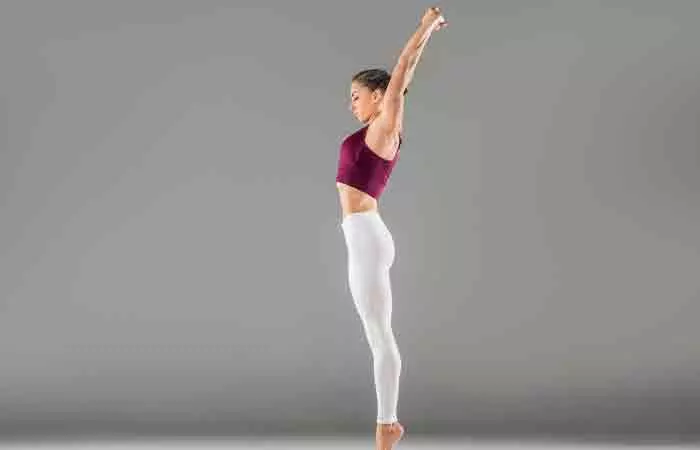
You could use your arms to deepen the stretch in the following ways:
- Extend your arms upwards so that they are perpendicular to the floor and parallel to each other, making sure your palms are facing each other.
- Alternatively, interlace your fingers, and stretch your arms upwards.
- You can also cross your arms behind your back such that each palm holds the opposite elbow. If you do this, repeat the pose by interchanging your hands.
Based on the above-mentioned tips, you can modify the asana according to your level of fitness. Next, we look at the benefits of tadasana. Check them out!
The Benefits Of Tadasana (Mountain Pose)

These are some amazing benefits of the Tadasana:
- This asana helps improve body posture.
- With regular practice of this asana, your knees, thighs, and ankles become stronger.
- Your buttocks and abdomen get toned.
- This asana reduces flat feet.
- It also makes your spine more agile.
- It is an excellent asana for those who want to increase their height in their formative years.
- It also helps improve balance.
- Your digestive, nervous, and respiratory systems are regulated.
Eric McCarty, a blogger, reflects why he got into practicing Tadasana: “My thoughts were not steady, my posture swaying and breath hurried (i).” He continues, “Nothing at all like a mountain. Nor even a tree, as I could see that every standing pose requires a firm foundation, really, so much of my life was a stance calling for a certain steadiness.”
The Science Behind The Tadasana
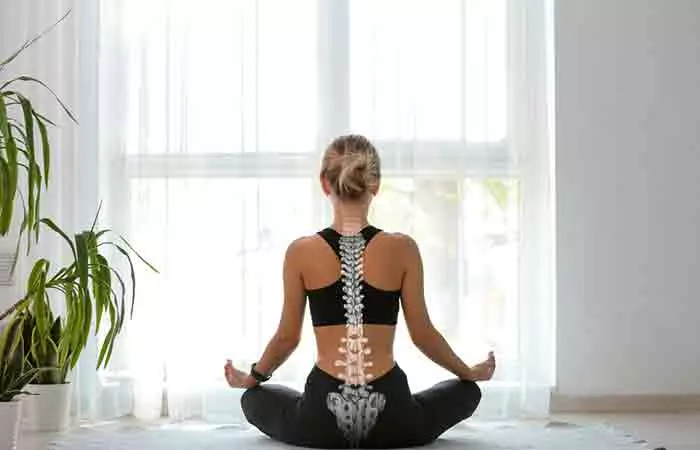
They say that if there was ever a blueprint pose, it was the Tadasana. This asana works on your muscles so that your posture is not only better, but also pain-free while you are at your sedentary desk job. It works to align your skeleton and bring it back to a neutral stance. When this happens, your body comes in to the start point for all the other asanas to follow.
However easy this might sound, owing to our excessive smartphone usage and unhealthy sitting postures at work, there is always a tight muscle or an alignment amiss. This asana corrects them all. It is the muscular effort that it takes to get into this asana that helps strengthen the core and straighten rounded, weak backs.
Preparatory Poses
Adho Mukha Svanasana
Uttanasana
Follow-Up Poses
Standing Poses
This asana, if taught in the right way, enables you to understand how much effort is required at which point to come to that neutral position before you get into the more complicated asanas. If you get this right, it will be quicker and easier to take on the more challenging poses.
All other standing yoga postures are built based on Tadasana, also known as Samasthiti or mountain stance. It asana is suitable for all times of the day. While you are at your sedentary desk job, Tadasana yoga works on your muscles to improve your posture and keep you pain-free. It also helps to align your skeleton and return it to a neutral position. Your body becomes the starting point for all subsequent asanas when this happens. It is preferable to eat at least four to six hours before performing this asana.
Key Takeaways
- Tadasana, known as the mountain pose, is a yoga practice that helps enhance stability, balance, and posture.
- Regular Tadasana practice can aid with breathing, lung capacity, stress reduction, and anxiety reduction.
- It can increase flexibility and range of motion while strengthening the legs, hips, and core.
- This pose should be done in the right posture, with the body’s muscles activated and a focus on slow, deep breathing to gain the most benefit.
- It offers mental and physical advantages that enhance general health and well-being with regular practice.
- Incorporating Tadasana yoga into your routine can help with grounding, and building inner strength.
- It improves mindfulness and the practice of meditation.
Frequently Asked Questions
How long should I hold Tadasana?
You should aim to hold Tadasana for about 30 seconds to 1 minute. As you get more comfortable, you can gradually increase the time.
Can Tadasana help with anxiety?
Yes, Tadasana might help with anxiety by encouraging deep breathing and promoting a sense of calm (1). However, you may have to incorporate more yoga asanas and follow it consistently.
Does Tadasana reduce obesity?
Tadasana has overall health benefits such as improved circulation and allows great stretching of the muscles. While there is no evidence to suggest that practicing tadasana can help with obesity directly, it can be part of a yoga practice for weight loss.
Is Tadasana good for digestion?
Yes. Tadasana is the foundation pose for all standing yoga postures and can help improve respiration and digestion (2).
Is Tadasana suitable for beginners?
Yes, but it is crucial to practice flexibility and heighten core strength to ace the form and reap its proper benefits. You can try other basic yoga asanas for beginners along with Tadasana to slowly strengthen your body and move on to more advanced poses.
Illustration: Tadasana (Mountain Pose): Benefits And Steps To Do It
_benefits_and_steps_to_do_it_illustration.jpg.webp)
Image: Stable Diffusion/StyleCraze Design Team
Learn how to do Mountain Pose (Tadasana) with this easy-to-follow tutorial! Discover the benefits of this pose and how to do it correctly for maximum benefit by watching the video below. Take a look now!
Personal Experience: Source
StyleCraze's articles are interwoven with authentic personal narratives that provide depth and resonance to our content. Below are the sources of the personal accounts referenced in this article.
i. Tadasanahttps://ericmccarty1965.medium.com/tadasana-1991acd770eb
References
Articles on StyleCraze are backed by verified information from peer-reviewed and academic research papers, reputed organizations, research institutions, and medical associations to ensure accuracy and relevance. Read our editorial policy to learn more.
- Yoga and Naturopathy intervention for reducing anxiety and depression of Covid-19 patients – A pilot study
https://pmc.ncbi.nlm.nih.gov/articles/PMC8168333/ - EFFECT OF YOGA PRACTICES ON MICRONUTRIENT ABSORPTION AND PHYSICAL FITNESS IN RURAL RESIDENTIAL SCHOOL CHILDREN: A RANDOMIZED CONTROLLED TRIAL
https://www.ijrap.net/admin/php/uploads/1176_pdf.pdf
Read full bio of Anirudh Gupta
Read full bio of Shirin Mehdi
Read full bio of Ravi Teja Tadimalla
Read full bio of Himanshi Mahajan





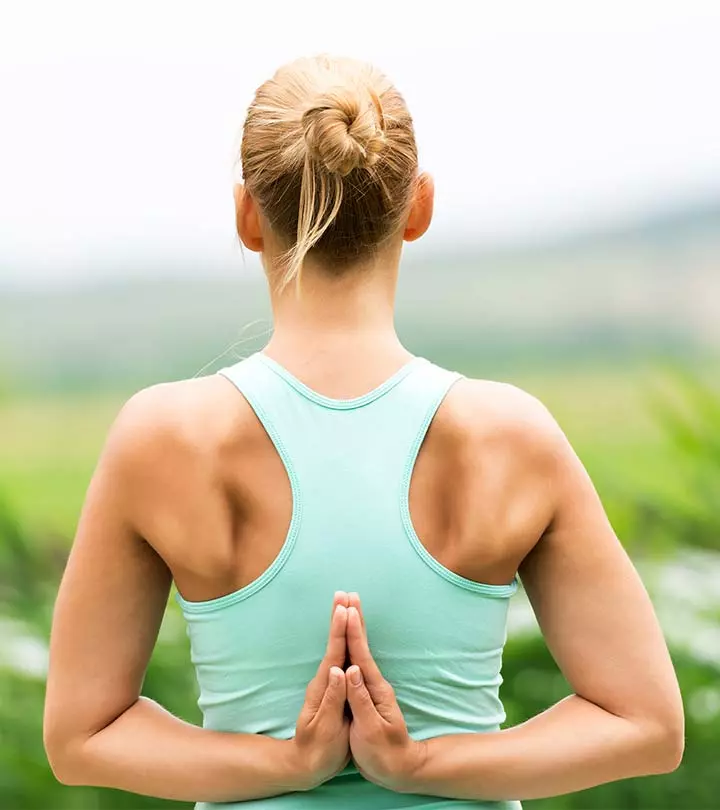
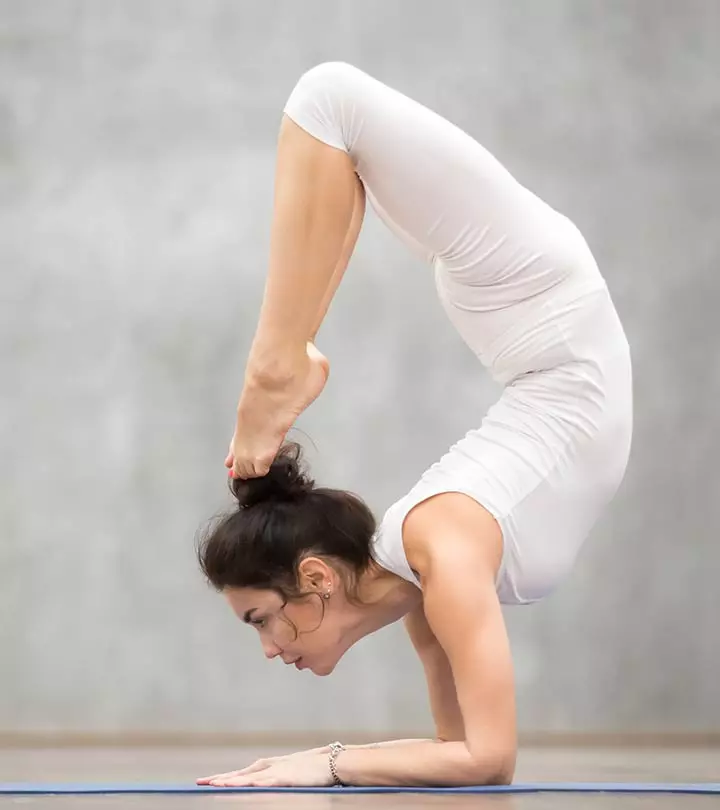
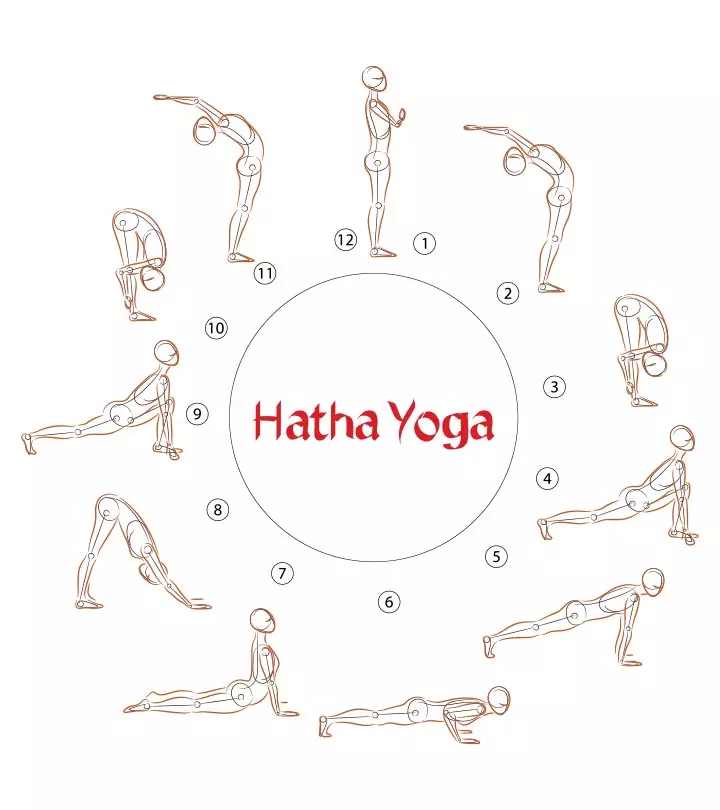
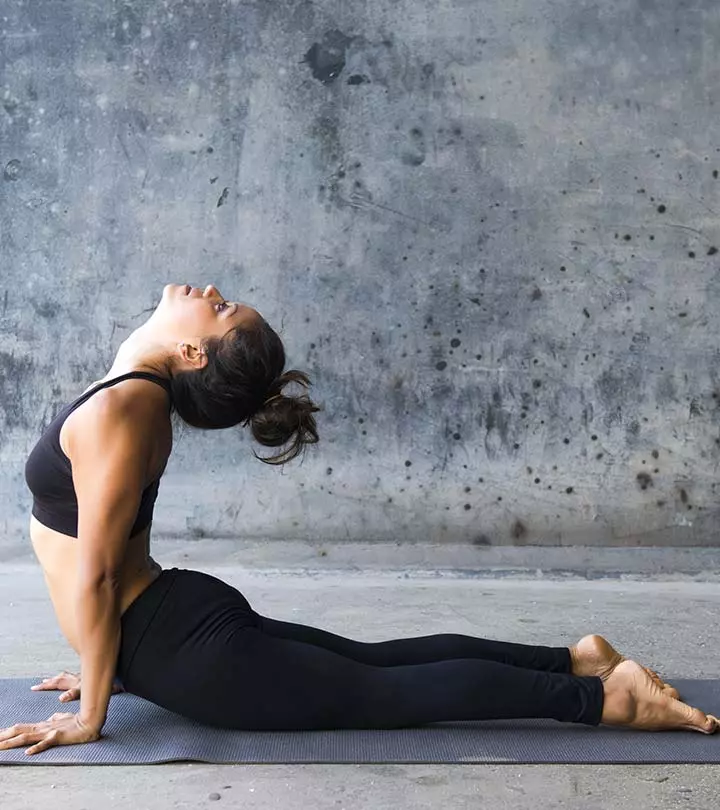


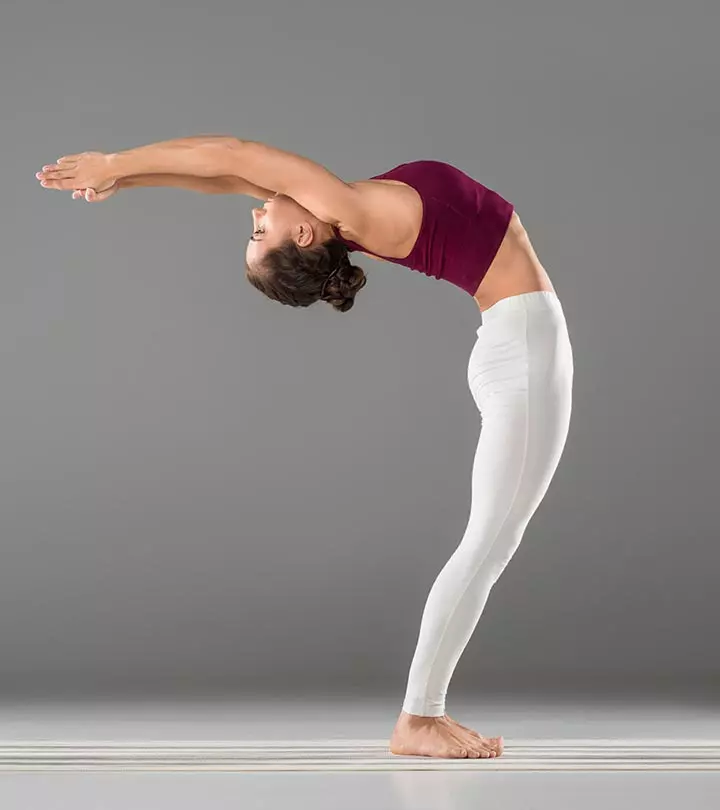
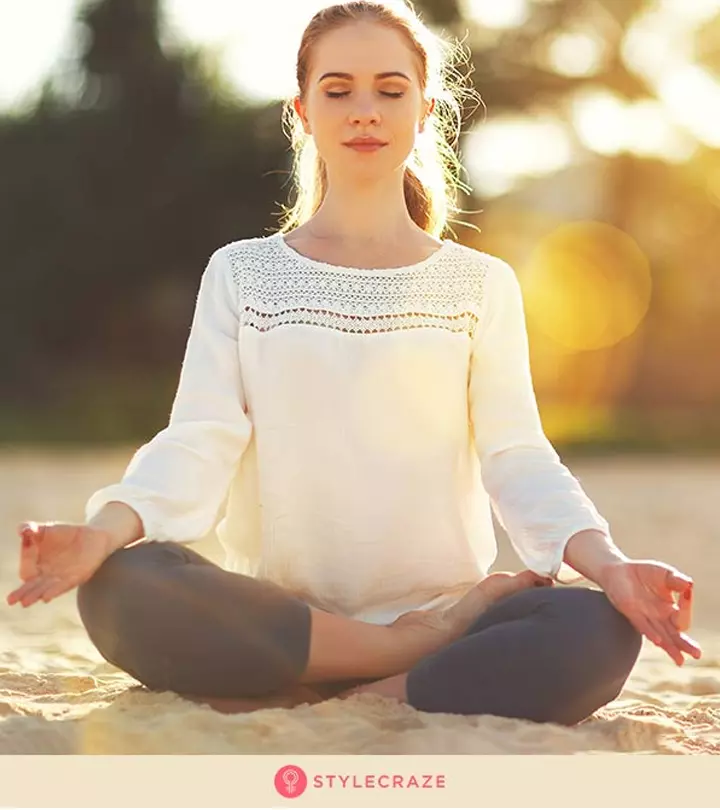

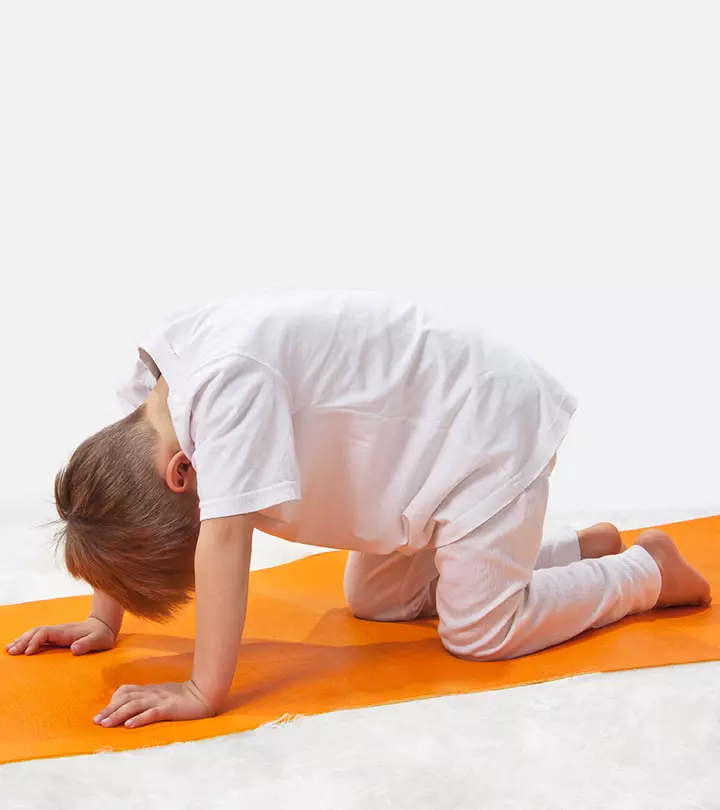

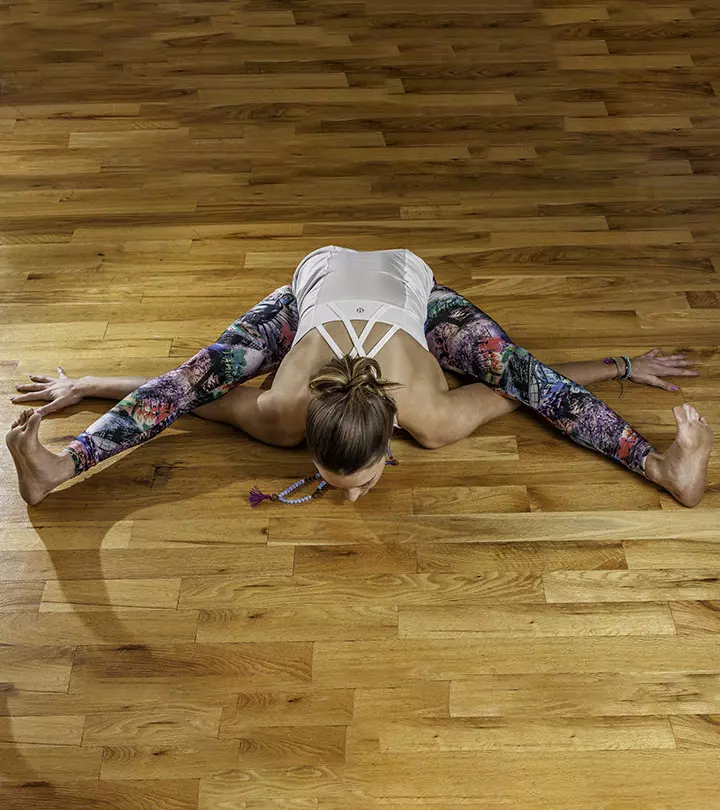
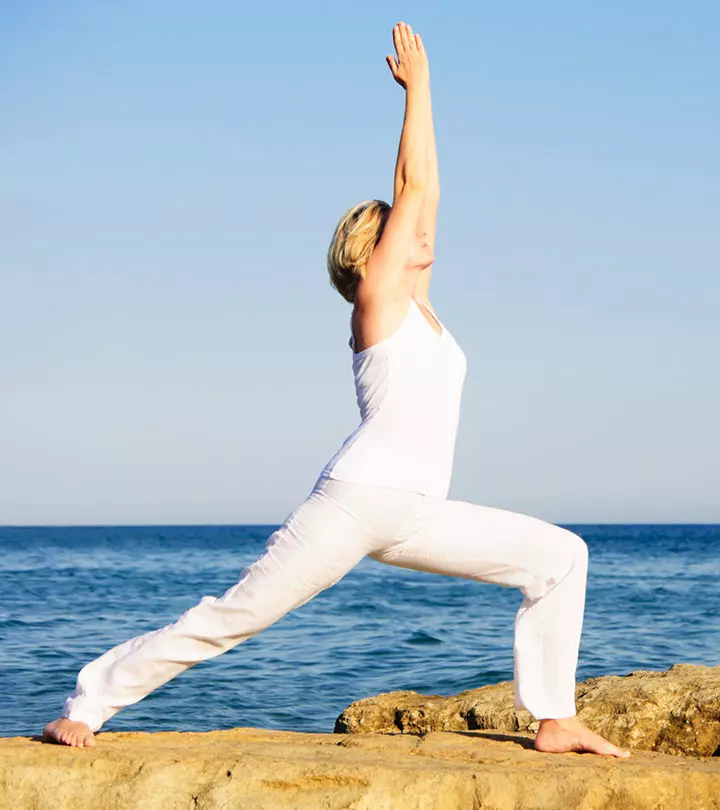
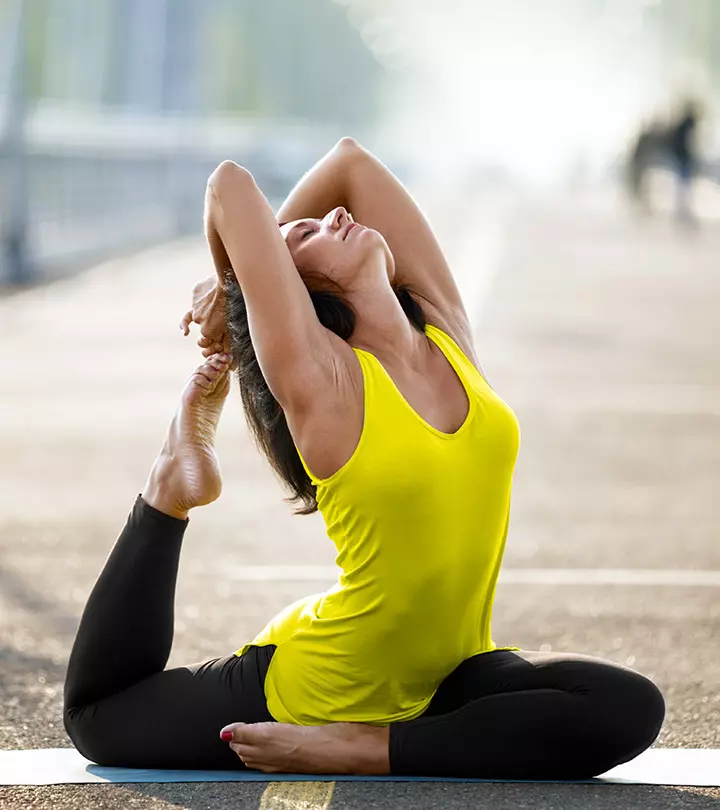
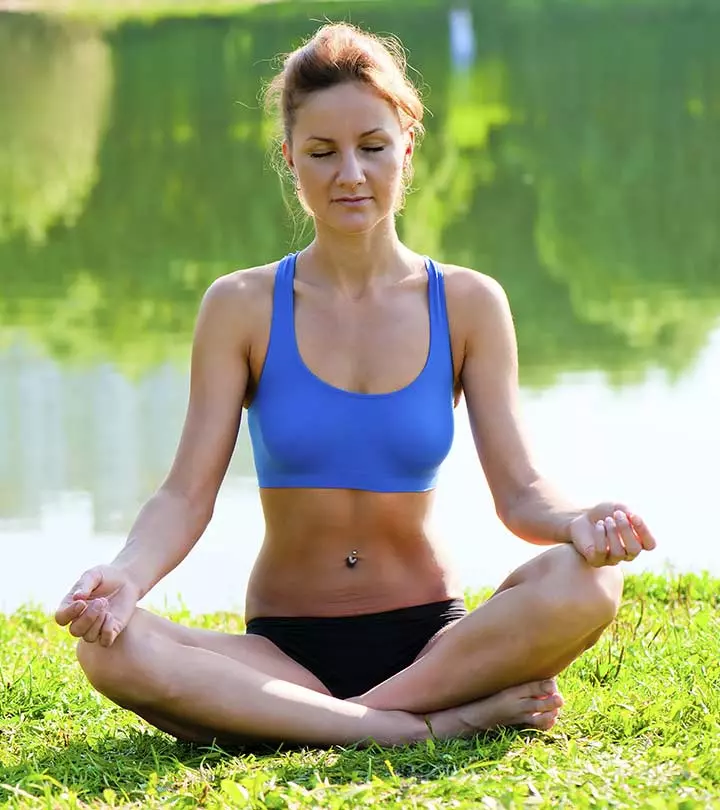
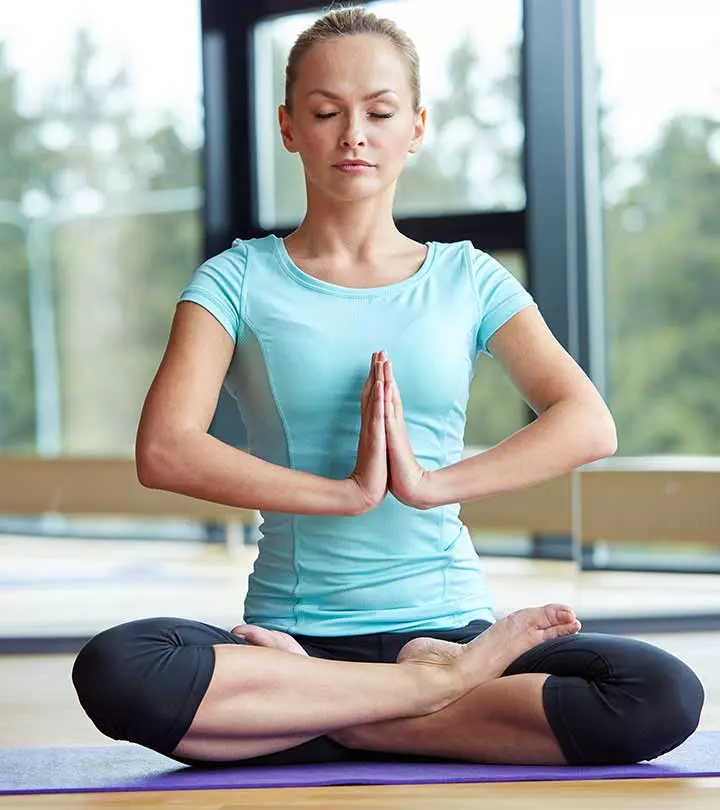
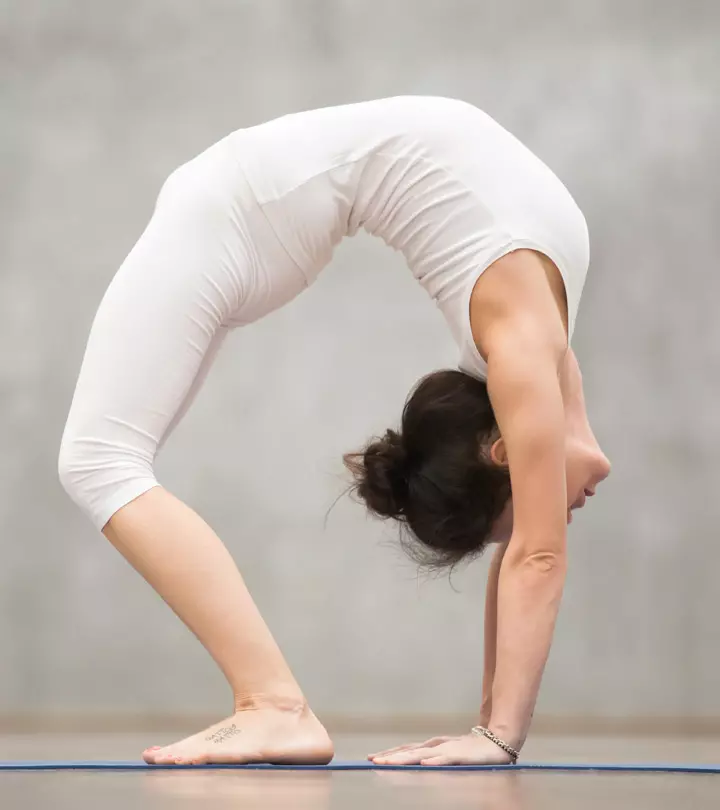
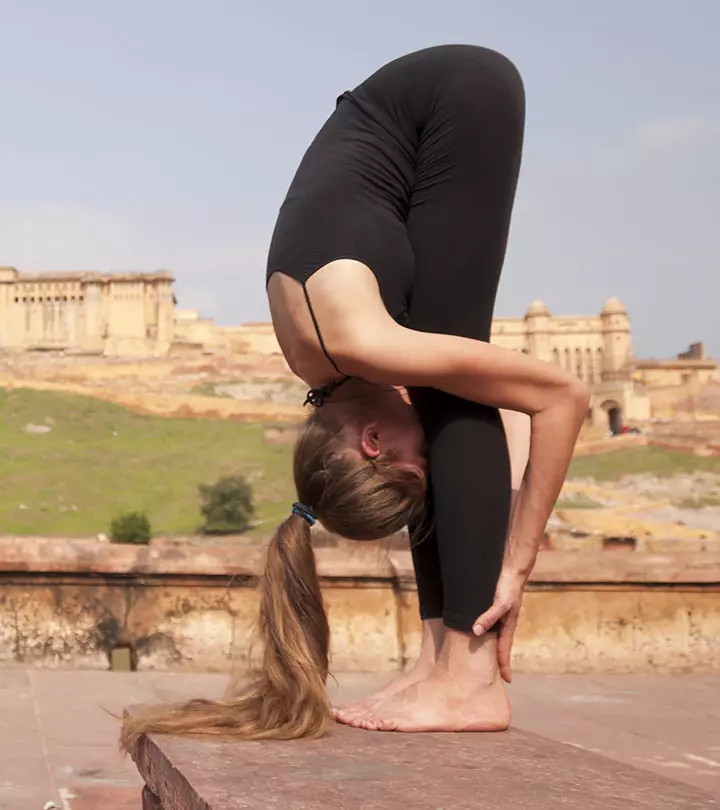
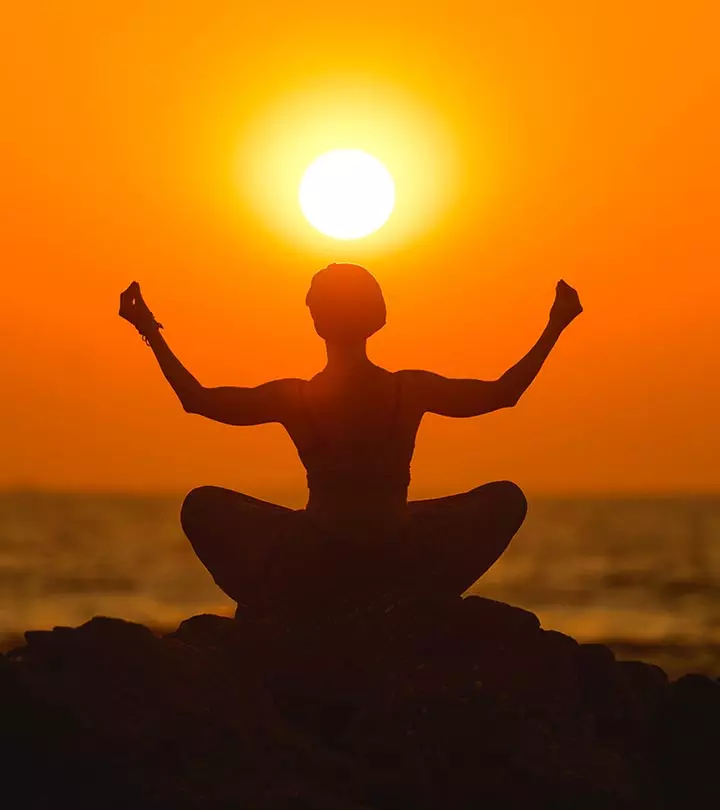

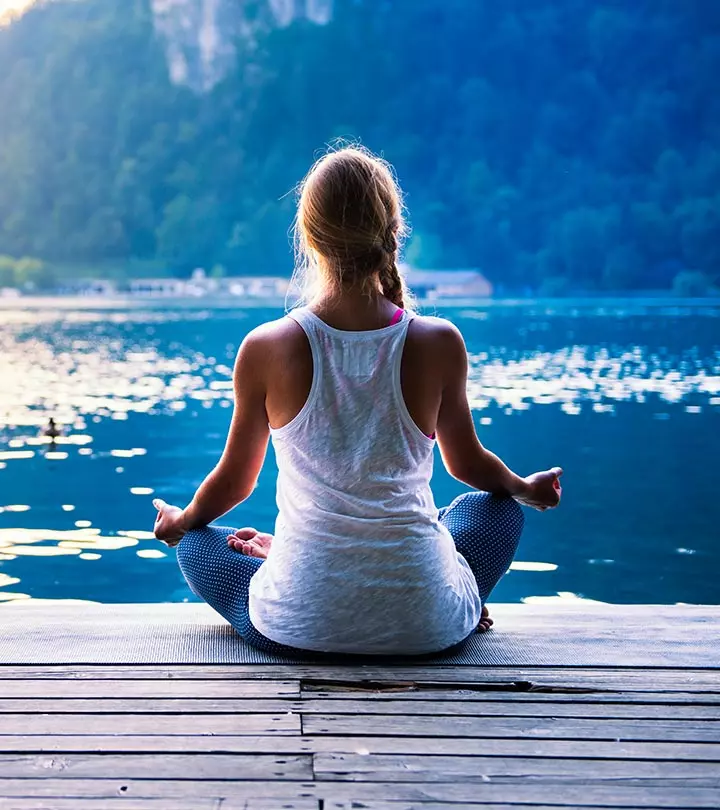
Community Experiences
Join the conversation and become a part of our empowering community! Share your stories, experiences, and insights to connect with other beauty, lifestyle, and health enthusiasts.